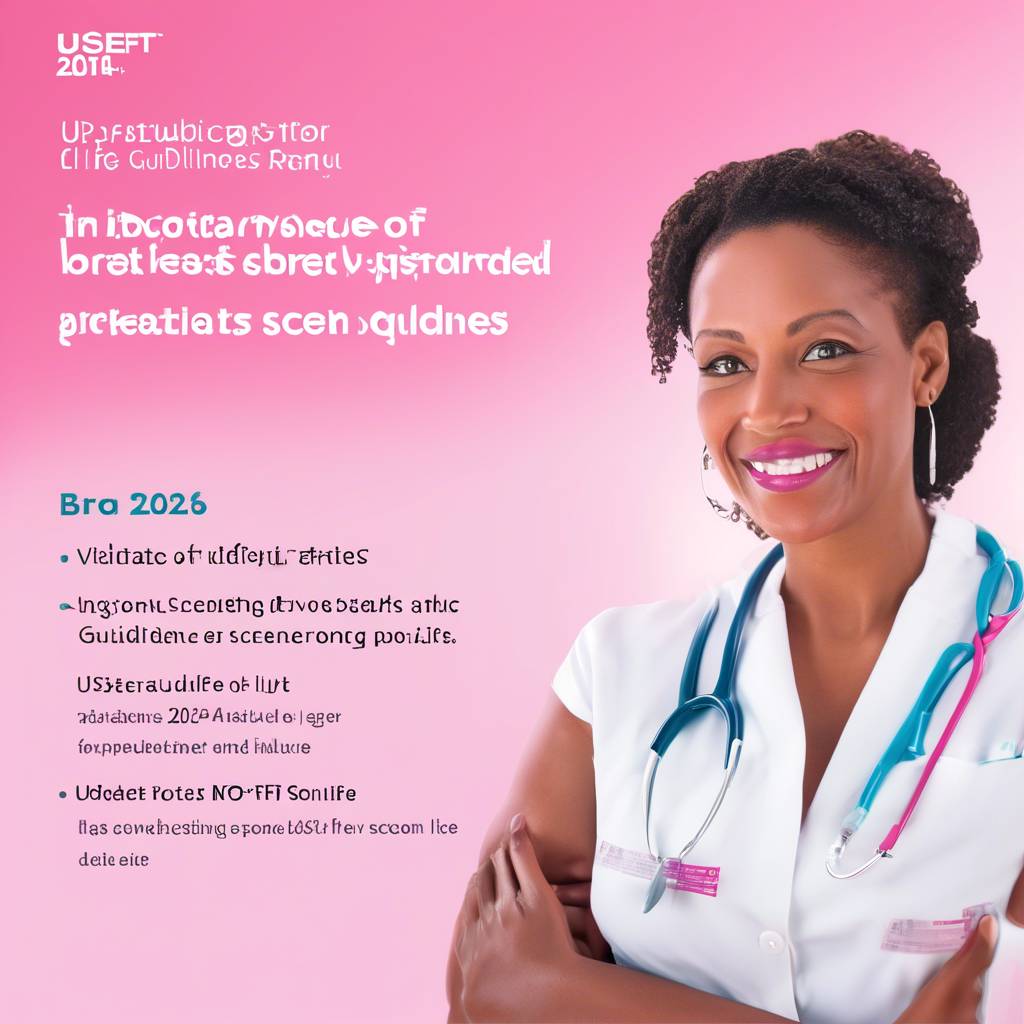The United States Preventive Services Task Force now recommends that women with average risk for breast cancer should start getting screened with mammograms every other year starting at age 40 to increase the chance of detecting breast cancer at earlier stages. This change in guidelines can be particularly beneficial for Black women, who have a higher risk of developing aggressive cancers at younger ages. However, some experts believe that the new guidelines do not go far enough in detecting aggressive breast cancers in younger individuals.
The updated recommendations advise women with average risk for breast cancer to have mammograms every other year from ages 40 to 74. People with a higher-than-average risk, such as those with a family history or genetic factors, are advised to consult with their doctor about when to start screening. The guidelines also emphasize the need for further research in certain areas, such as the benefits and risks of additional screening methods like ultrasound or MRI for individuals with dense breasts.
The decision to change the recommendations was based on an increase in invasive breast cancer diagnoses among women in their 40s, as well as a review of the latest scientific evidence suggesting that starting screening at age 40 and every other year is most beneficial. The new guidelines aim to avert 1.3 deaths per 1,000 women screened, with an even greater benefit for Black women who are disproportionately affected by breast cancer deaths.
While some experts believe that the new guidelines should include annual mammograms for women in their 40s to better detect aggressive cancers, others argue that the benefits do not outweigh the risks of potential harms associated with more frequent screening. False-positive results can lead to unnecessary biopsies and additional tests, creating a need to balance the benefits and risks of screening for each individual patient.
Various organizations have different recommendations for breast cancer screening, with some advising annual screenings starting at age 40 and others recommending screenings every one to two years based on individual risk factors. Insurance coverage for mammograms varies based on the recommendations of expert groups, with biannual mammograms starting at age 40 now considered a grade-B recommendation and likely covered without cost-sharing under the Affordable Care Act.
Ultimately, the decision of when to start screening for breast cancer should be based on individual risk factors and discussions with a healthcare provider. Early conversations about breast cancer screening can help determine the appropriate age to initiate screening and the frequency that is most suitable for each individual’s circumstances and risk factors. Women with average risk for breast cancer should consider starting mammograms at age 40 and continuing at least until age 75, based on the recommendations of expert groups and discussions with their healthcare provider.









